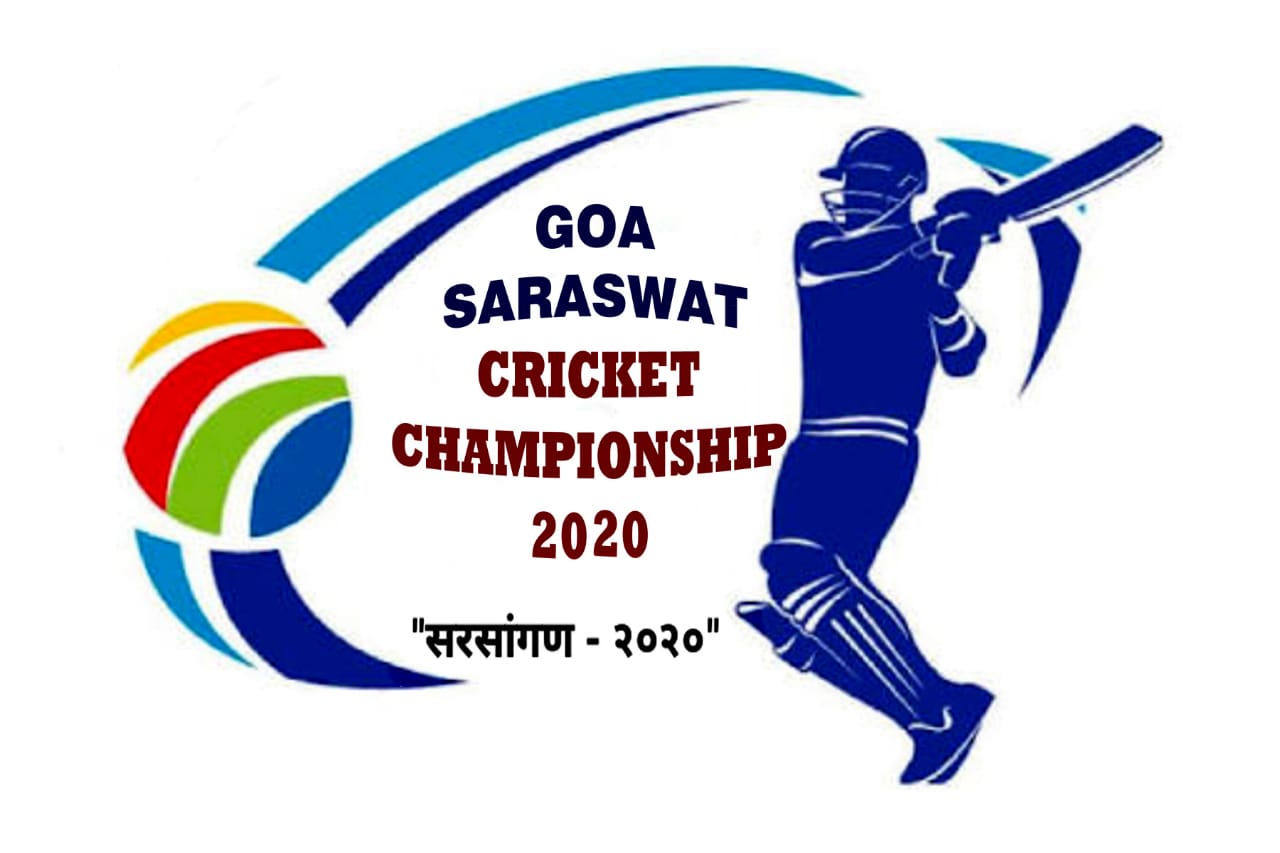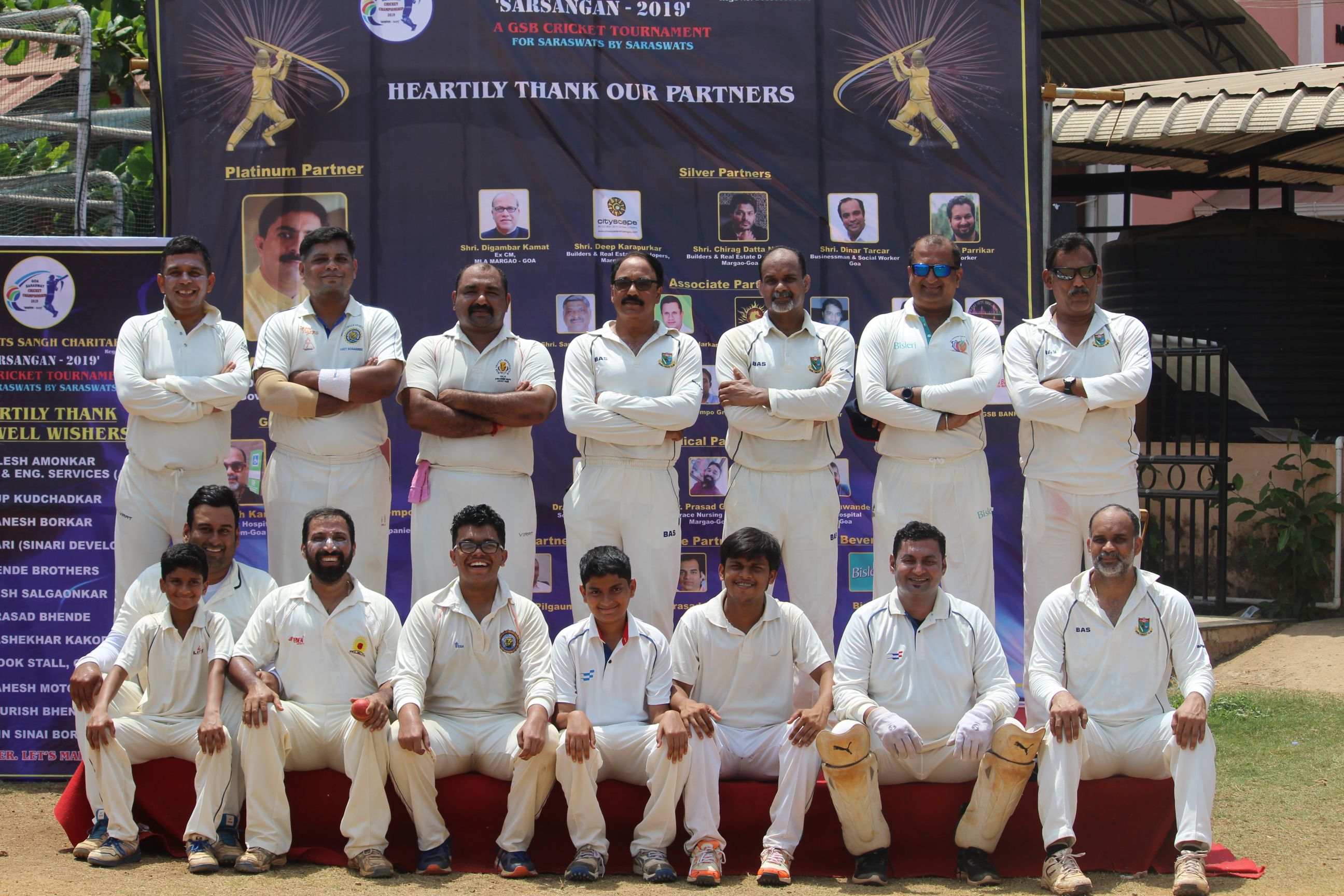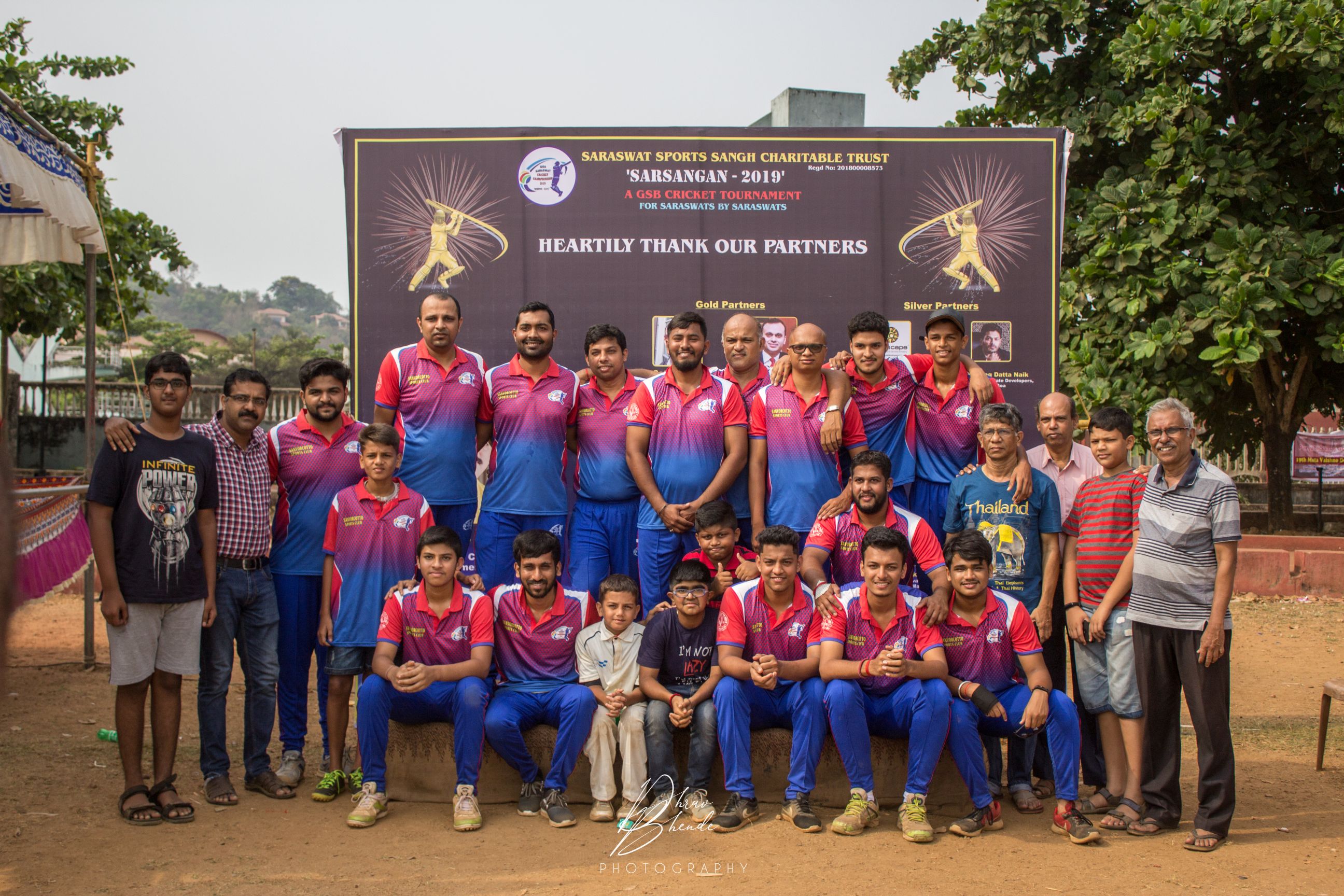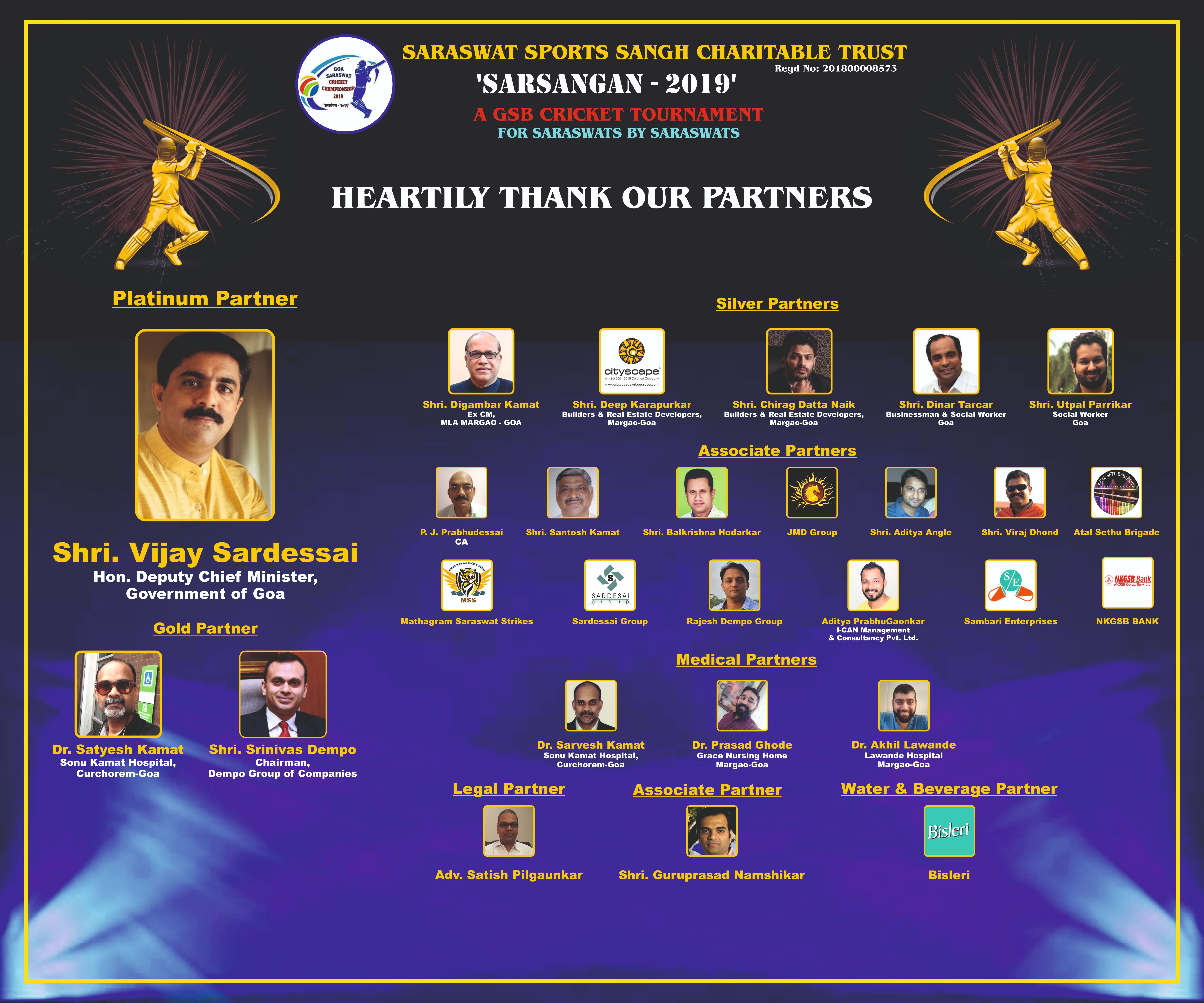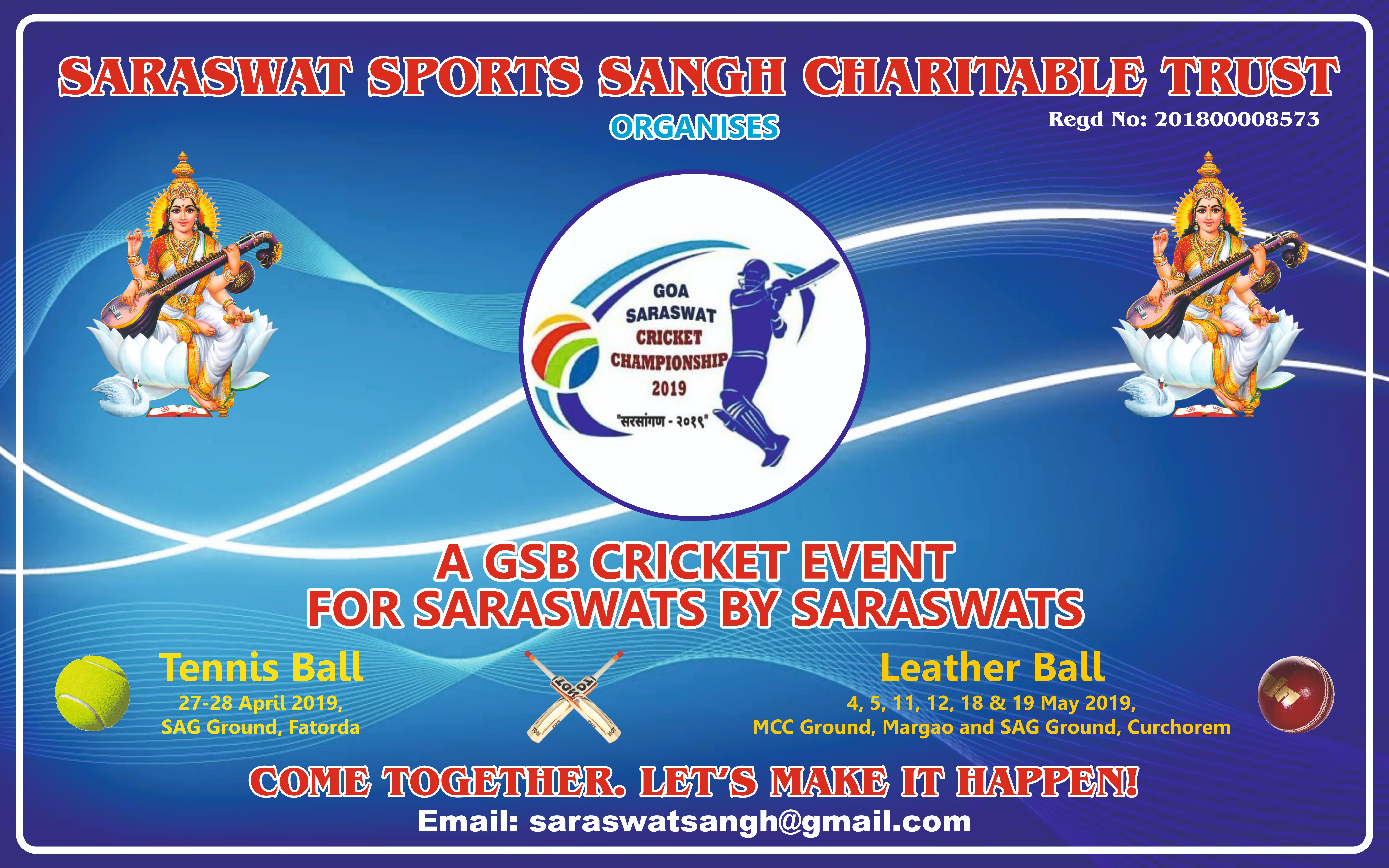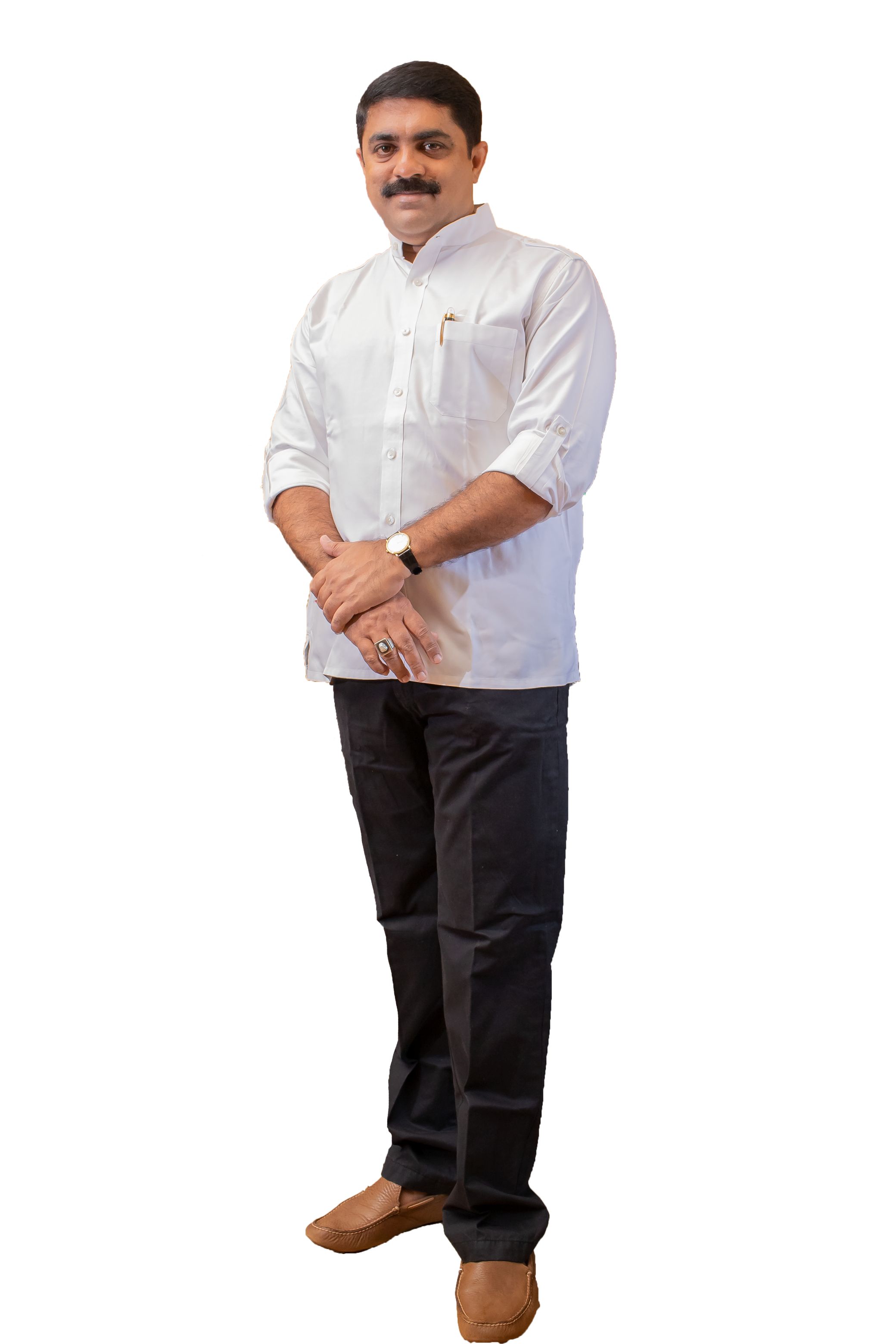The exact origin of the Saraswat Brahmins is difficult to ascertain. The Saraswat Brahmins are mentioned in the Vedas, the Ramayana, the Mahabharata, the Bhagavata and even the Bhavisyottara Purana. Either they may have come from Central Asia to the Indian sub-continent through the Hindu-Kush Mountains and the Khyber Pass to South in about 2000-1500 BC or they were Indigenous. The meaning of the word ‘Saraswat’ has more than one origin. One refers to ‘offspring of Saraswati‘, the Goddess of learning, applied usually to the learned and scholarly people. It may also denote the residents of Saraswati river basin. The Brahmins of this region who are referred to as ‘Saraswats’ in Mahabharata and Puranas were learned in Vedic lore. They concentrated on studying subjects like astronomy,metaphysics, medicine and allied subjects and disseminating knowledge. To trace the Gouda Saraswat Brahmins
ancestry from Kashmir to Goa, the story of the famous seer “Saraswata” is considered, when there was a famine in north India, he continued to recite Vedic texts while consuming fish.
Due to geo-morphosis in the Himalayas, the Saraswati began to dry up and the Saraswats were forced to migrate to greener pastures. Some went to Kashmir in the north, others went eastwards. Gouda Saraswat Brahmins may have travelled a long way from the times of Saraswat Muni, and the banks of the historical and sometimes even mythical River Saraswati in Rajasthan and Punjab to Thrihotpura in Bihar, and then to Goa and from there to Konkan and southward to Karnataka & Kerala, in the 16th Century to escape persecution by the Portuguese. These came to be recognized as Gouda Saraswats or Dakshinatya Saraswats, to distinguish them from other Saraswat groups of North. The new immigrants were called ‘Gouda’ because they were followers of Monism or Advaita as preached by Shri Goudapadacharya, who was guru of Shri Govinda Padacharya whose direct disciple was the great Shri Shankaracharya, who resurrected Hinduism or Vedic religion in India. Shri Gaudapadacharya Mutt, first mutt of Saraswats dedicated to the memory of Goudapadacharya was established in Keloshi (Quelshim) in Goa in the 8th century AD and later moved to Kaivalyapura or Kavale in Goa, as the mutt at Keloshi was destroyed in 1564 AD. by the Portuguese rulers. To this day, the swamis of Kavale math are known as Goudapadacharyas. Kavale Math is Gouda Saraswat Community’s Adimath (first math) and three main sub-sects of Dakshinatya Saraswats, viz., Sashtikar (Dorke including Bardeshkars), Shenvis (Karbharis), and Chitrapur Saraswats (Bhanaps) were all known as Gouda Saraswats or Konkani Brahmins till three-hundred years ago. Other Saraswat subsects include Pednekars, Rajapur Saraswat Brahmins and Balavalikars Daivadnya Brahmin is also considered to have the same mindset. In the 13th century, Dwaita (Vaishnava) philosophy advocated by Madhvacharya became popular and many Saraswats adopted vaishnavism. They continued to worship the deities they brought with them from the North. These were ‘Mahan Girish’ or Mangueshi, Shakti or Shanta durga, Vishnu, Ganesh and Surya. They form the ‘Panchayatan’ or five deities, sacred to all Saraswats.
Gouda Saraswats were in all the kingdoms of the western coast under different dynasties right from 6th century AD. Kadamba, Rashtrakuta, Hoysala, Chalukya Shilahara and Vijayanagara kings had given important posts to Saraswats. There were admirals, treasurers, ambassadors, army chiefs and foreign language-interpreters among them. They were famous traders, who conducted maritime trade with Eastern and Western countries of the contemporary world. The spoken language of Saraswats is Konkani.
The Portuguese traders followed by Christian missionaries. Forcible conversions began to take place under the Portuguese Royal Patronage in 1560 AD. Most of the Saraswat families left Goa with their family deities, risking life and limb. They settled down in the adjoining Hindu principalities. New temples came up in the coastal districts of Karnataka for Saraswat deities. When conditions improved in Goa and forcible conversions stopped, the idols were taken back to newly constructed temples in Goa. They are not in the original ancient spots, where churches were built, destroying earlier temples. Many people migrated to Kerala and built temples mainly dedicated to Vishnu and his different avatars. The first Vaishnava Saraswat Math of Gokarna Math lineage was established in the year 1475 AD in Varanasi. The origin of Gokarna Math comes from the lineage of Sri Palimar Math, one of the eight Maths established by Sripad Madhwacharya in Udupi. Kashi Math at Kochi came up in 1560 AD. All the Vaishnav Saraswats are Kulavis (followers) of either Kashi Math or Gokarna Math. ‘Smarth’ Saraswats owe allegiance to either Kavale Math or Chitrapur Math.
Saraswats continued to hold important posts under Keladi or Nagar rulers. Many families who emigrated from Goa settled down in smaller towns and villages in Shimoga, South and North Kanara Districts. Saraswats were the first beneficiaries of English education introduced in 1840 AD. The history of Saraswats is a record of their struggle for existence and a chain of migrations, the longest and the most wide spread among any community in India. They migrated along with their culture, language, traditions and enriched the local culture and economy, which was till then dominated by the Tuluvas and the Tulu language.
Despite all the tribulations, the community has been able to preserve their culture and traditions intact, over many generations The Gouda Saraswats who were intelligent and lucky got royal patronage and positions in governance in due course. Over the years, they enhanced the economy, society and culture of the city and the region they lived in, contributing in no small way to its emergence as a place to reckon with on the map of India, and indeed the world. Along the way the community has also produced pioneers in Banking and Education sectors of the economy. Despite all these migrations and difficulties, a strong religious, cultural and linguistic bond has prevailed within. They are a well-organized community, their internal bonds stronger than ever, due to their community leadership, yet they have blended well with other communities wherever they have settled. They are today, tradition bound, but cosmopolitan in outlook, extrovert in their approach to society and introverted when it comes to their traditions. A rare combination indeed.





